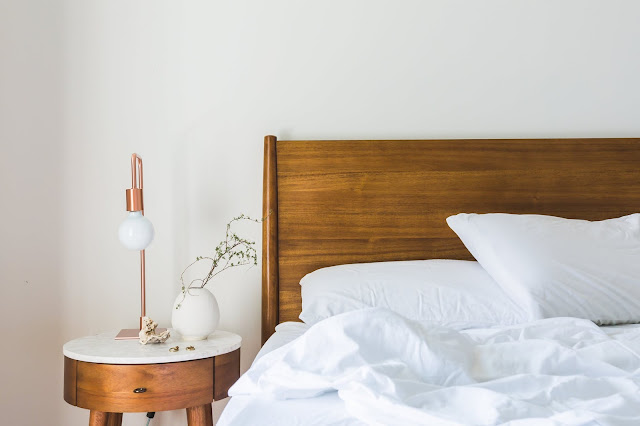Dust mite allergy concerns have prompted several mattress and bedding companies to develop hypoallergenic products. It’s not uncommon to find dust mite covers, hypoallergenic pillows, comforters and mattresses as well as hypoallergenic bed linens. But are those hypoallergenic products really effective at keeping dust mite allergies at bay? Let’s take a closer look at dust mite allergies and see if hypoallergenic bedding solutions really work.
Dust mites: What are they?
Dust mites, also called bed mites, are the No. 1 cause of allergy from house dust and a common cause of asthma in children. Dust mites measure only about a quarter to a third of a millimeter. They are related to spiders (they have eight legs as well) and they feed on the flakes of skin that humans and animals shed each day. These microscopic creatures live and multiply in warm and humid spaces. Dust mite particles are present in upholstered furniture, carpeting, pillows and mattresses. You can’t see the particles with the naked eye as these are too small, and these are near impossible to remove using normal cleaning procedures. When you try to vacuum the furniture to get rid of dust mites, the particles would simply float into the air and settle again.
Dust mite allergy symptoms
Dust mite particles - dust mite body parts and waste - are allergens and can cause allergic reactions long after the dust mites are dead. Common symptoms of dust mite allergy are irritated eyes, shortness of breath, wheezing, scratchy throat, coughing, sneezing and runny nose. These symptoms can also be caused by other allergens, so if you want to make sure dust mites are the culprit, consult an allergist so you can get tested.
How can a mattress alleviate dust mite allergy symptoms?
A mattress in itself is powerless against the onslaught of dust mites, unless it is covered with a material that prevents dust mite particles from going through. Dust mite covers are zippered dust-proof covers that are made of a material that has pores too small for dust mites to pass though. There are plastic, vinyl and fabric allergen-impermeable covers you can check out from most bedding stores. However, research proving the effectiveness of anti-dust mite methods has been mixed. Some researchers found the reduced exposure to dust mite allergens as too small to have any significant effect, saying that using dust mite covers don’t really prevent symptoms or allergy. On the other hand, environmental health professionals and allergists highly recommend using allergen-proof covers. So what should it be?
Hypoallergenic products are not enough
Cleveland allergist Dr. Samuel Friedlander suggests using dust mite covers as part of a comprehensive treatment plan. Using dust mite covers on mattresses and pillows alone is not enough to resolve the symptoms of an allergy, especially if you are also exposed to dust from other sources. According to Friedlander, a single measure to control allergies - like using a dust mite cover on your mattress - will not be effective. It’s not that hypoallergenic products aren’t effective or important; it’s just that multiple measures are needed to really address allergy problems. This means that those suffering from dust mite allergies will need to consult an allergist so they can come up with a comprehensive treatment plan. This should incorporate various methods of controlling allergies, such as reducing exposure to allergens and taking appropriate medication.












